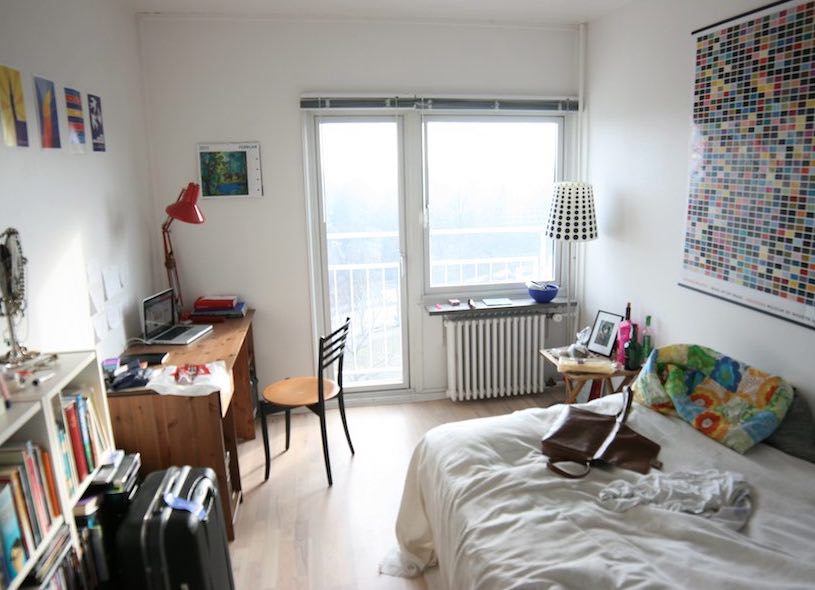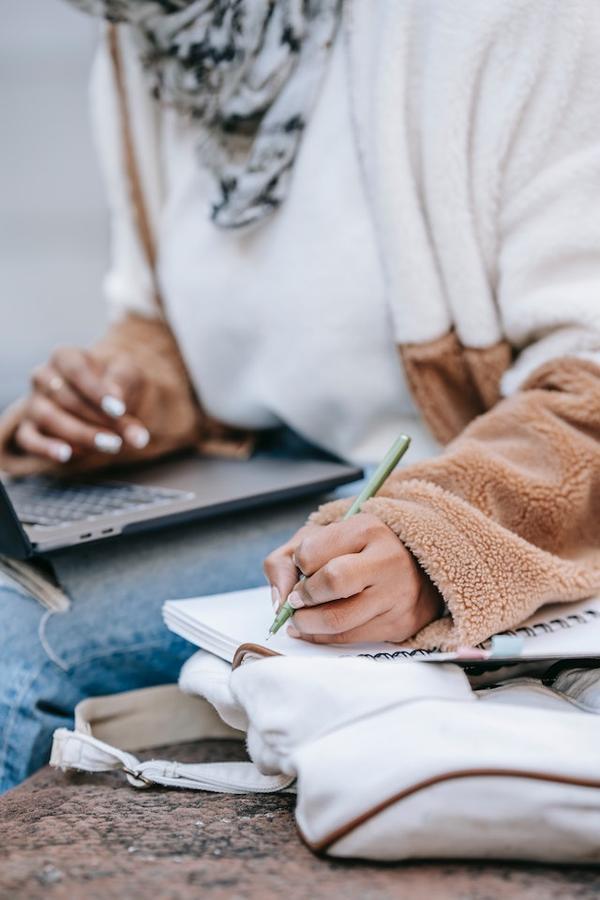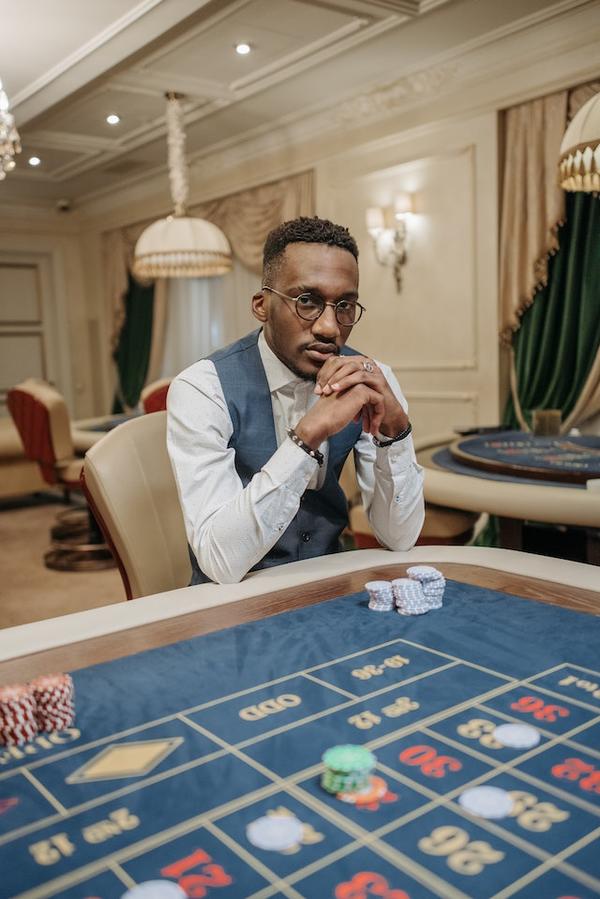Summary of An Objective Comparison Of Methods For Augmented Reality in Laparoscopic Liver Resection by Preoperative-to-intraoperative Image Fusion, By Sharib Ali et al.
An objective comparison of methods for augmented reality in laparoscopic liver resection by preoperative-to-intraoperative image fusion
by Sharib Ali, Yamid Espinel, Yueming Jin, Peng Liu, Bianca Güttner, Xukun Zhang, Lihua Zhang, Tom Dowrick, Matthew J. Clarkson, Shiting Xiao, Yifan Wu, Yijun Yang, Lei Zhu, Dai Sun, Lan Li, Micha Pfeiffer, Shahid Farid, Lena Maier-Hein, Emmanuel Buc, Adrien Bartoli
First submitted to arxiv on: 28 Jan 2024
Categories
- Main: Computer Vision and Pattern Recognition (cs.CV)
- Secondary: Artificial Intelligence (cs.AI); Graphics (cs.GR); Machine Learning (cs.LG)
GrooveSquid.com Paper Summaries
GrooveSquid.com’s goal is to make artificial intelligence research accessible by summarizing AI papers in simpler terms. Each summary below covers the same AI paper, written at different levels of difficulty. The medium difficulty and low difficulty versions are original summaries written by GrooveSquid.com, while the high difficulty version is the paper’s original abstract. Feel free to learn from the version that suits you best!
| Summary difficulty | Written by | Summary |
|---|---|---|
| High | Paper authors | High Difficulty Summary Read the original abstract here |
| Medium | GrooveSquid.com (original content) | Medium Difficulty Summary This paper presents a challenge for developing automated techniques to detect anatomical landmarks in laparoscopic images and 3D models, crucial for augmented reality-assisted liver resection surgery. The Preoperative-to-Intraoperative Laparoscopic Fusion Challenge (P2ILF) aims to improve the accuracy and efficiency of fusion algorithms by leveraging deep learning-based methods for landmark segmentation and differentiable rendering for registration. Six teams from four countries participated in the challenge, proposing solutions that demonstrated promising results. The paper highlights the current limitations and future research directions in this domain. |
| Low | GrooveSquid.com (original content) | Low Difficulty Summary This paper is about a special kind of technology that helps doctors perform liver surgery better. They use computers to match pictures taken during surgery with 3D models made from CT or MRI scans beforehand. This process can be tricky, so scientists are working on ways to make it easier and more accurate using computer vision techniques. The goal is to create a system that can automatically identify important features in the images and 3D models, making the surgery safer and more effective. |
Keywords
* Artificial intelligence * Deep learning




